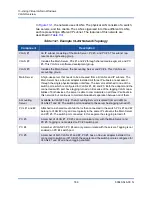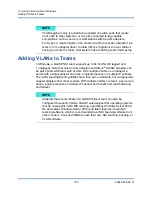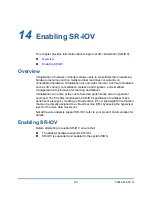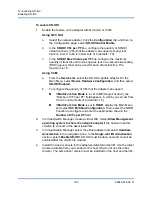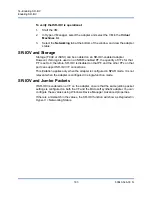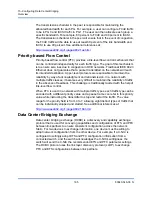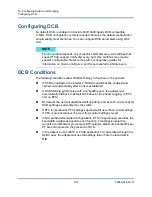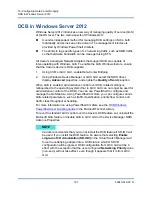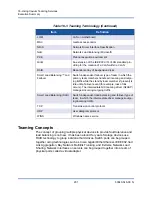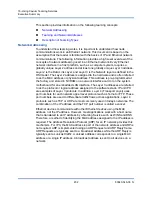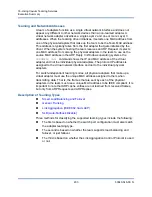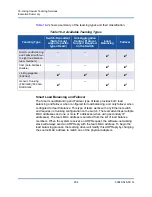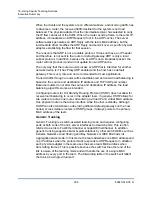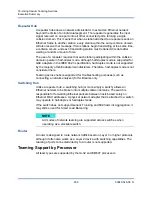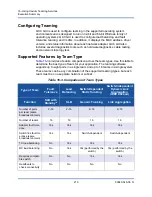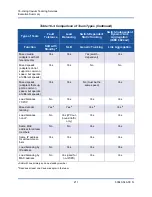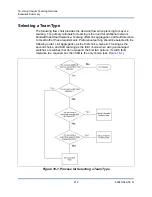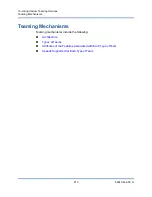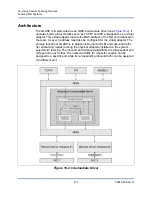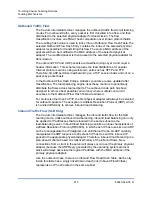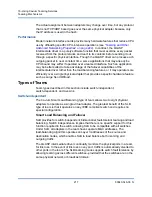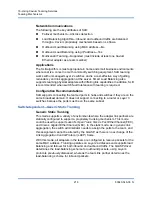
16–Using Cavium Teaming Services
Executive Summary
203
83840-546-00 N
Teaming and Network Addresses
A team of adapters function as a single virtual network interface and does not
appear any different to other network devices than a non-teamed adapter. A
virtual network adapter advertises a single Layer 2 and one or more Layer 3
addresses. When the teaming driver initializes, it selects one MAC address from
one of the physical adapters that make up the team to be the Team MAC address.
This address is typically taken from the first adapter that gets initialized by the
driver. When the system hosting the team receives an ARP Request, it selects
one MAC address from among the physical adapters in the team to use as the
source MAC address in the ARP Reply. In Windows operating systems, the
IPCONFIG /all
command shows the IP and MAC address of the virtual
adapter and not the individual physical adapters. The protocol IP address is
assigned to the virtual network interface and not to the individual physical
adapters.
For switch-independent teaming modes, all physical adapters that make up a
virtual adapter must use the unique MAC address assigned to them when
transmitting data. That is, the frames that are sent by each of the physical
adapters in the team must use a unique MAC address to be IEEE compliant. It is
important to note that ARP cache entries are not learned from received frames,
but only from ARP Requests and ARP Replies.
Description of Teaming Types
Smart Load Balancing and Failover
Link Aggregation (IEEE 802.3ad LACP)
Three methods for classifying the supported teaming types include the following:
The first is based on whether the switch port configuration must also match
the adapter teaming type.
The second is based on whether the team supports load balancing and
failover, or just failover.
The third is based on whether the Link Aggregation Control Protocol is used
or not.

